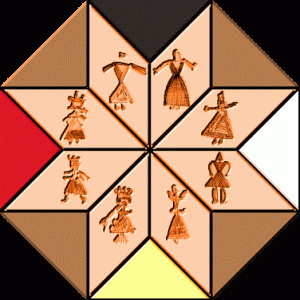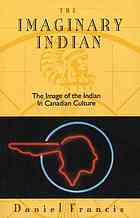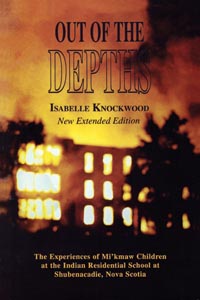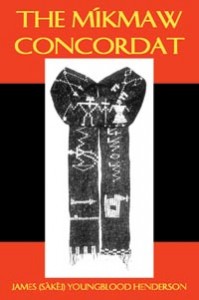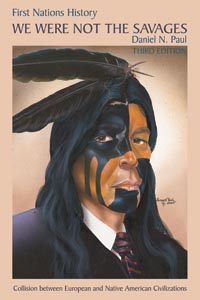Finding Dawn is a documentary highlights the struggles of Aboriginal women in Canada and the hardships many of these women face of a daily basis.
Reflecting on a recent Globe and Mail article “The National Shame of Aboriginal Incarceration,” and the disheartening statistic that one in three incarcerated women in Canada is of Aboriginal descent, the patterns of violence and abuse in this film are often, sadly, unsurprising. Finding Dawn is an attempt at putting a face on the (estimated) 500 Aboriginal women that have disappeared within the last 30 years (by many accounts, this estimate is far too low). This travesty has been highlighted many times over the years by many organizations, including Amnesty International, the United Nations, the Native Women’s Association of Canada, and numerous others.
Struggles continue in the efforts to bring justice to this situation. Just a few days ago, two Aboriginal groups in British Columbia declared their boycott of the Missing Women Inquiry as inadequate resources are being offered by the government.
(Please note is an extra post, beyond the 5 required for Module 4, but seeing as it’s written it may as well be contributed)
